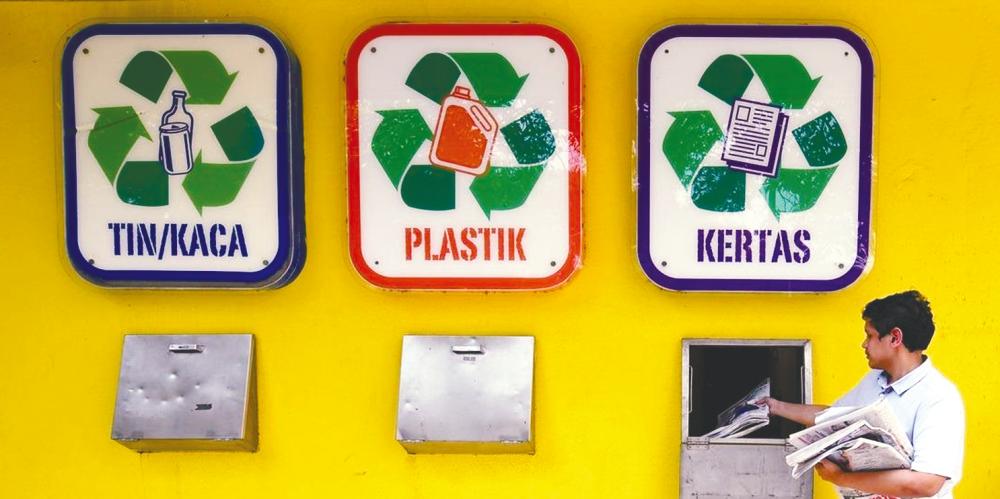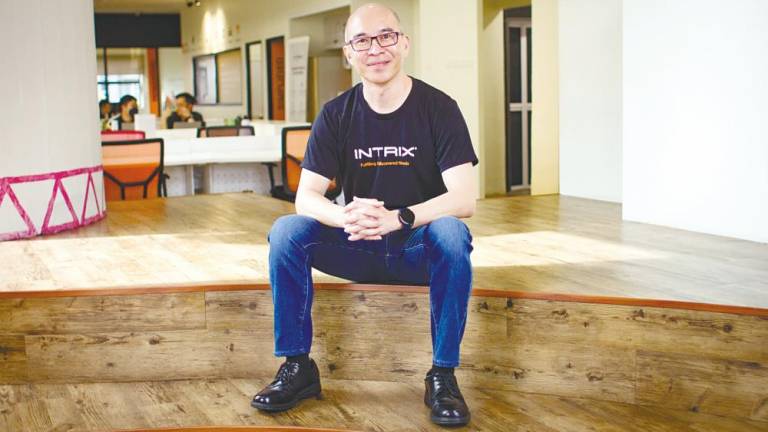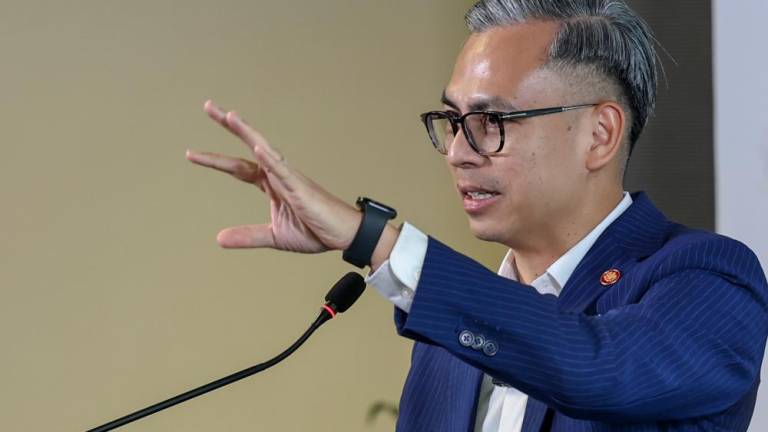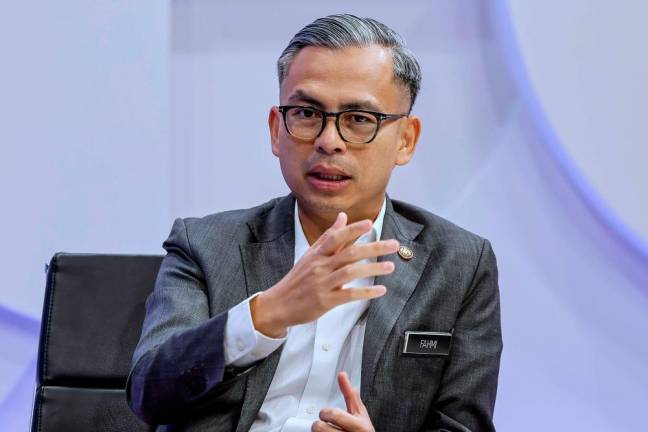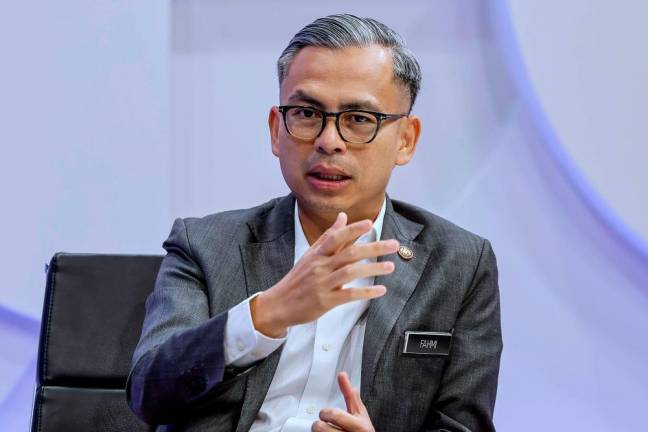THERE are various wastes in solid form generated and they fall under the jurisdiction of different government agencies. Hazardous materials are under the purview of the Department of Environment and Solid Waste Management and the Public Cleansing Act was approved in 2007 and only in the 12th Malaysia Plan (12MP) are we talking about Extended Producers Responsibility.
We also have construction and demolition wastes which can be found dumped in hidden locations that come under the Housing and Local Government Ministry as well as local authorities.
Harnessing resources from waste needs clear definition of waste types and estimated generation of such wastes. Existing laws do not allow any person or entity to dump any type of waste to any locations. Therefore, the possibility of enforcing and embracing zero waste policy is high.
Once the type of waste generated and the agencies involved are clearly identified, we need to streamline waste management policies and objectives. Objectives of waste management are not to fill up landfills (sanitary or non-sanitary). It should be minimising waste streams to a landfill and increasing recycling and cyclic consumption pattern. For example, the sludge from water treatment plants contains scheduled materials that disallow the sludge to be used for commercial purposes.
There is evidence of using such sludge as concrete admixtures and are able to prevent leaching of the scheduled material. By commercialising the usage of sludge as a concrete admixture, water companies have additional income to balance up the tariff, there is reduction in cement usage, less waste being dumped into the landfill and contributes positively towards sustainability and environment.
Hand, packaging, meanwhile, is an important sector that must be addressed so that it contributes positively towards waste reduction. Packaging is vital to keep products in good condition. This becomes more stringent for food and beverage as well as chemicals.
Two important steps can be done to optimise packaging sector’s contribution.
The first is to limit type of material used. This will enormously increase the collection and recycling rates as we will not have too many materials to manage.
Fast-moving consumer goods will be a good place to start. Limiting the type of material will improve “sort at source”. For example, usage of degradable plastic is becoming a lazy solution to waste management. These plastics cannot be recycled with normal plastics.
Non-organic degradable plastic is also not food for microorganisms as these plastics are only subjected to faster breakdown process. Where do the small particles of plastic will end up? Well, the natural food chain is open to all and sundry.
The second issue with packaging is the composite materials that do not fit a plastic or paper or metal bin clearly. The recollection of these materials can be done with a more innovative way by having specified collection centres and encouraging educational institutions to play a role.
For example, milk carton boxes are collected and recycled into panel boards and roof tiles via industry initiative. Amplifying this with other waste composite materials will increase the waste flow and recycling rates.
Malaysia needs a holistic take-back policy to tackle the low recycling rate. In 2011, the Association of Water and Energy Research Malaysia (Awer) carried out research on phasing out non-energy efficient products and found that electronic waste (e-waste) production surge is inevitable and now with net zero targets, it becomes a more serious environmental risk.
In our report we suggested a comprehensive e-waste take-back policy involving all stakeholders. This suggestion is being looked into in the 12MP and we have pointed out that similar approach can be duplicated for other waste types. This step will improve supermarkets and hypermarkets’ role to become vital points in creating a steady flow of waste materials and increase recycling rates.
While it may take decades for the government to understand some of the solutions we put forward, we urge the business sectors to spearhead and collaborate to harness the positive outcomes of improved recycling rates as well as the positive impacts to your supply chain and environmental contributions.
“When I let go of what I am, I become what I might be.” – Lao Tzu
This article is contributed by Piarapakaran S, president of Awer, a non-government organisation involved in research and development in the fields of water, energy and environment.



